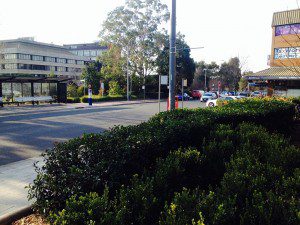
Campbelltown City Council is on the way to becoming a smarter organisation – and saving a lot of ratepayers’ money along the way.
It got the ball recently when it gave the green light to its first ever sustainability strategy.
The aim of the strategy is to create a council culture where its people can openly discuss and adopt smart practices.
Mayor of Campbelltown, Cr Paul Hawker, said that sustainability is more than just an environmental goal, crossing many disciplines and organisational departments.
“It is important that all of council works together to promote and implement sustainable practices.
“The decisions that council makes every day have the ability to either drive or impede the city’s sustainability advancements,” Cr Hawker said.
The new strategy aims to embed the concept of sustainability into the decision making framework of the organisation through 10 key sustainability areas, exploring administrative governance, environmental protection and management, as well as community wellbeing.
Overall, there are a total of 19 goals, facilitating the implementation of 106 action items.
While more than 50 per cent of the action items are new, the strategy recognises the significant achievements of past and current initiatives and seeks to strengthen their sustainability purpose.
Council has actively implemented a range of sustainability practices since 2009.
These practices have been, and continue to be, overseen by a managerial-led Sustainability Committee and four cross-divisional working parties consisting of technical staff.
As a result of these initiatives, Council achieves annual savings in excess of 1,450,000kWh and $178,000.
That’s equivalent to the average annual household electricity consumption of 132 residential houses.
In addition to gaining efficiencies through policy direction and facility retrofits, these savings have largely been made possible through an extensive renewable energy initiative, focused on installing solar hot water systems on community facilities, solar pool heating systems on all council leisure centres, and solar electricity generating systems on council’s top 10 highest consuming facilities.
